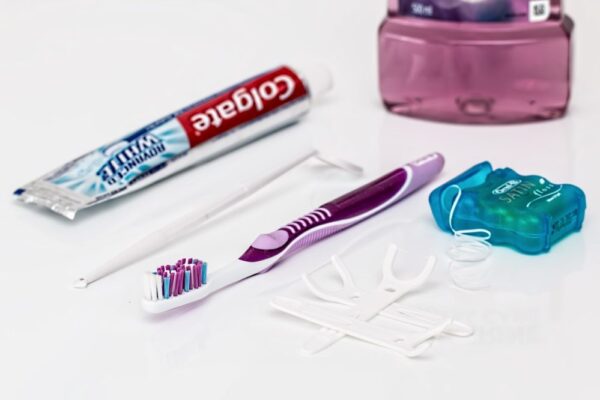Yoga, the age old convention, practiced for building strength, flexibility, improving focus and giving you peace of mind, also takes the non-conventional route to improve dental health. According to a study published in the International Journal of Dentistry Research, yoga is an easy but effective way to improve and alleviate oral problems. It’s not hard to fathom the correlation yoga has to dental health, since our bodies have the miraculous ability to naturally combat many health issues. Yoga has proven to be effective in maintaining oral hygiene.
Daily yoga helps enhancing the blood supply to the teeth and gums, which as a result becomes healthy and strong. The pituitary gland is responsible for stimulating the growth of bones, as bones are important for teeth support as well. Exercises like Sheetkari Pranayam (breathing techniques) and Asanas (postures) like Sirshasana stimulates better blood flow to the gland, thus aid in increasing bone strength. Furthermore, practicing yoga counteracts inflammation producing substances, which can lead to gum diseases like bleeding gums, pyorrhea and bad breath. People who clench or grind their teeth also suffer poor dental health.
If you are a teeth clencher or a yoga enthusiast or both, take a look at these three fascinating ways yoga affects the health of your gums and choppers.
1. Yoga Promotes Saliva Production
Saliva, a lubricating fluid, flushes out food debris and bacteria which prevents adherence of food particles to the teeth surface, thus preventing tooth decay and the plague of plaque. Decrease in saliva production allows the mouth to go dry and let bacteria thrive. This leads to bad breath or “morning breath”.
Yoga poses and breathing techniques help stimulate saliva production. Movements like yoga twists, forward bends and inverted poses are known to encourage saliva in the oral cavity. The Kechari Mudra is considered to get the salivary glands going- drag the tip of your tongue along the roof of the mouth towards the back and holding it for as long as you can.
2. Better Posture = Better Jaw Alignment
Most people are unaware but a bad posture affects more than just the spine and back, it also impacts the health of teeth and gums. Practicing yoga promotes better jaw alignment through the simple trick of keeping good posture. Lower jaw shifts from its resting position when you hunch or slouch, causing the lower and upper teeth to break out of alignment. This poor posture puts stress on the surrounding muscles and joints as well, which can create pain and inflammation with the closing and opening of the mouth. In some cases, imbalance of jaw alignment leads to cracked teeth.
Take the strain off the jaw by sitting up straight as you are reading this and also otherwise.
3. Stress Buster
Yoga is famous for curbing stress, helping your mind and body to relax. And stress is very much connected to the condition of the teeth. Clenching and teeth grinding is a familiar sign of stress. Individuals who develop the habit of grinding their teeth, make teeth worn down, chip and built cracks, broken fillings and gum recession due to the pressure. The rocking motion of teeth then grows into headaches, aching jaw muscles and jaw impairment. High levels of stress can also lead to the swelling of the gums, risking the overall dental health to worsen.
It’s been said and heard a million times before, but introducing yoga to release stress of life helps reap therapeutic benefits which can save dental issues as well.
In conclusion, the benefits of practicing yoga go far and beyond improving one’s mental and physical health- yoga is also a benefactor of good oral hygiene combined with good oral habits of brushing, flossing, and regular dental checkups.

